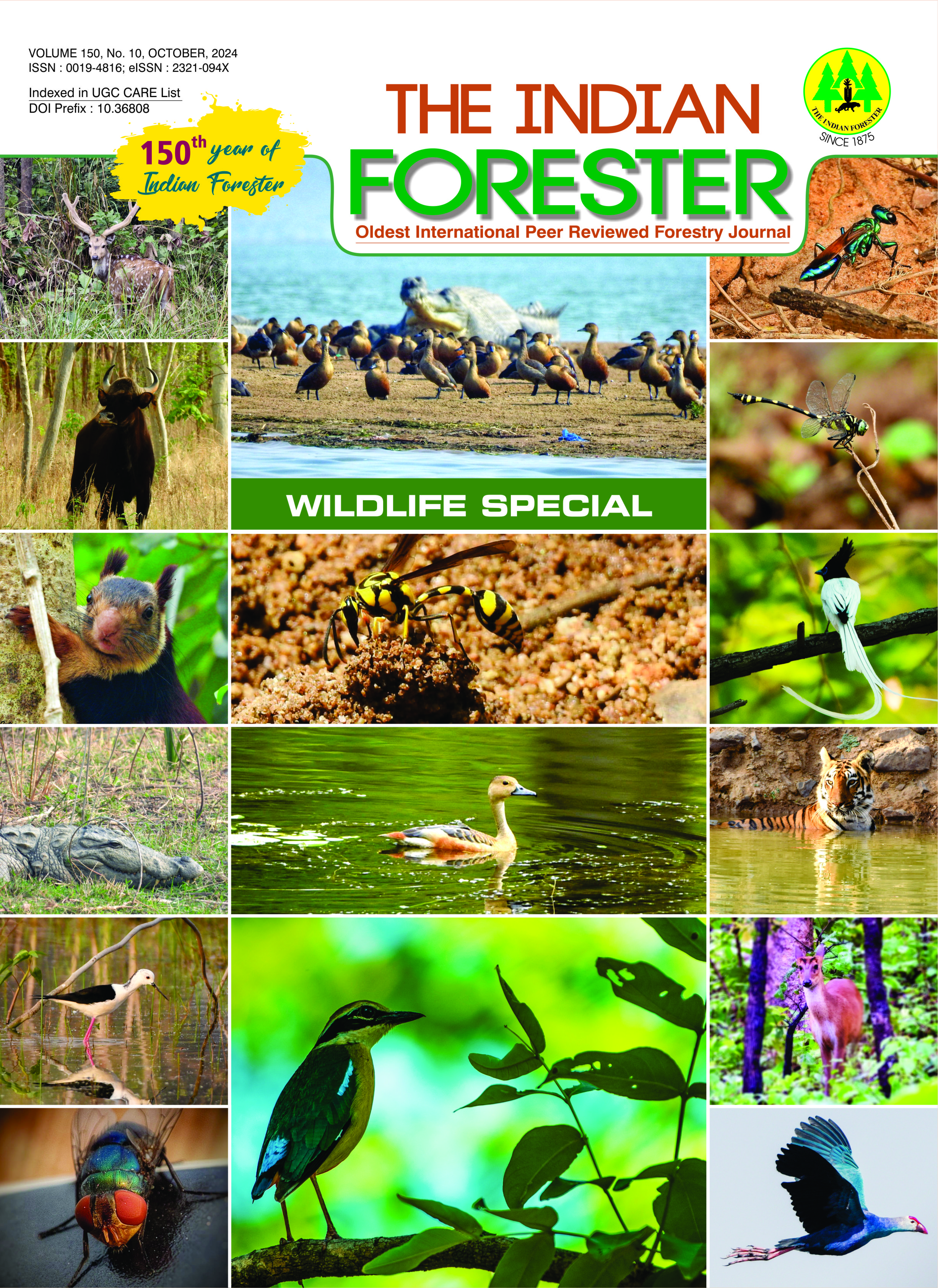Ecological, Socioeconomic and Nutraceutical Values of Zizania latifolia (Kambong): A Wetland Grass for Sangai Deer & Human Population
DOI:
https://doi.org/10.36808/if/2024/v150i10/170524Keywords:
Wetland Flora, Tall Grass, Food, Sangai, Endangered.Abstract
Zizania latifolia (Griseb.) Hance ex F. Muell., is an important wetland flora of Loktak Lake, Manipur, that has ecological, economic and nutraceutical values. This grass species is not only important for its nutraceutical values but also important as it is also one of the most preferred foods of Sangai deer [Rucervus eldii eldii], an endangered and endemic mammal of Manipur. The present study highlights the importance of Z. latifolia, a wetland tall grass species locally known as Kambong with respect to its nutraceutical, food, economic, and ecological values. The survey of the flora of Loktak Lake, communication with some local inhabitants, visiting market places in Manipur, and literature survey were carried out to consolidate the information on Z. latifolia. The concise information is presented here, along with photographs of the studied plant, ecological significance, economic values, and traditional food systems, for better understanding and sustainable utilization.References
Devi R.S., Satapathy K.B. and Kumar S. (2022). Ethnobotanical Plants of Phumdi, Loktak Lake. Asian Pacific Journal of Health Sciences, 9(4): 77-80.
Jain A., Singh H.B. and Bhattacharya P.R. (2012). The ethnobotany and nutritional values of wild rice [Zizania latifolia (Griseb. Turcz. ex Stapf) (Poaceae) in Manipur. Indian Journal of Traditional Knowledge, 11(1): 66-69.
Li F., Zhang J., Zhong H. and Chen J. (2022). Germicide fenaminosulf promots gall formation of Zizania latifolia without directly affecting the growth of endophytic fungus Ustilago esculenta. BMC Plant Biology, 22(1): 418. doi: 10.1186/s12870-022-03803-6.
Liatukas Z. and Stukonis V. (2009). Zizania latifolia-Anew alien plant in Lithuania. Botanica Lithuanica, 15(1): 17-24.
Terrel E.E. and Batra L.R. (1982). Zizania latifolia and Ustilago esculenta, a Grass-Fungus Association. Economic Botany, 36: 274–285.
Yan N., Du Y., Liu X., Chu C., Shi J., Zhang H., Liu Y. and Zhang Z. (2018). Morphological Characteristics, Nutrients and Bioactive compounds of Zizania latifolia, and Health Benefits of its seeds. Molecules, 23(1561): 1-16.
Zhou S., Wang C., Yang H., Bi D., Li J. and Wang Y. (2007). Stress responses and bioaccumulation of heavy metals by Zizania latifolia and Acorus calamus. Acta Ecologica Sinica, 27(1): 281-287.
Downloads
Downloads
Published
How to Cite
Issue
Section
License
Unless otherwise stated, copyright or similar rights in all materials presented on the site, including graphical images, are owned by Indian Forester.





